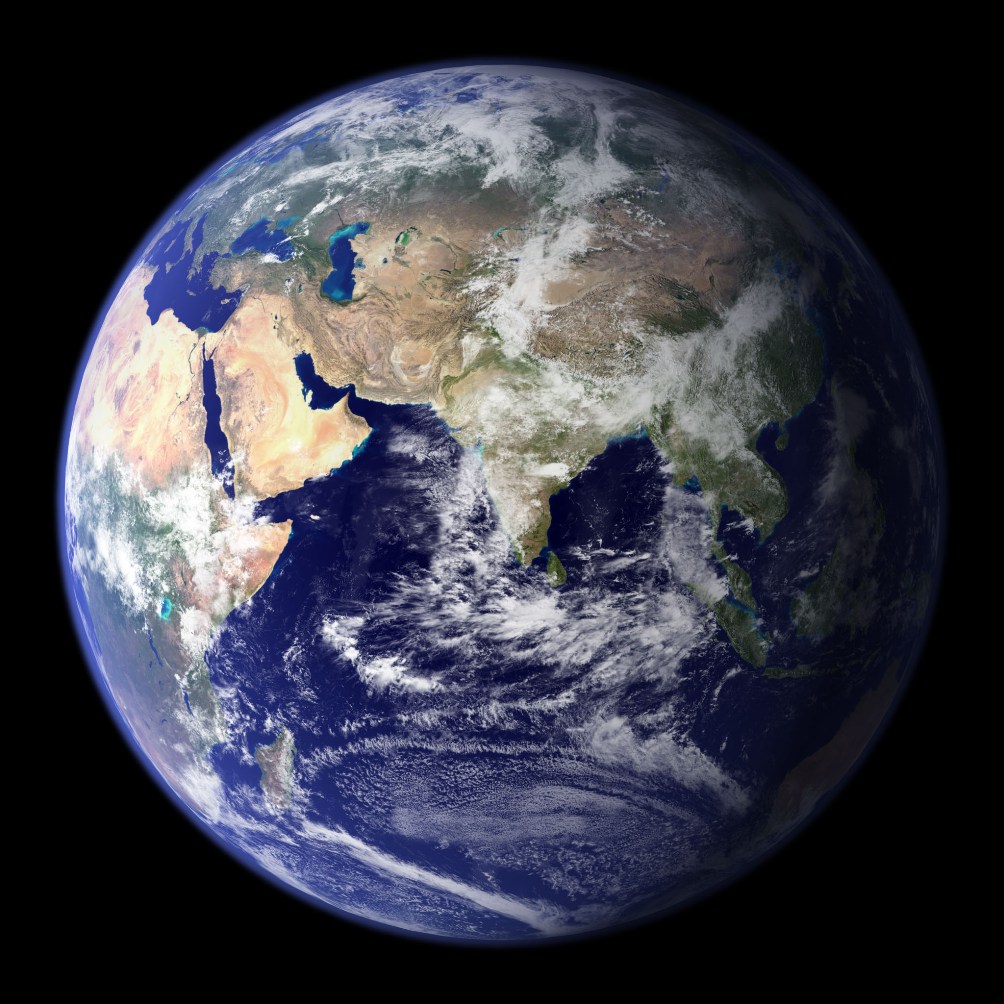How Earthquakes Lead To Aftershocks

This ScienceLives article and video was provided to LiveScience in partnership with the National Science Foundation.
Name: Emily Brodsky Institution: University of California, Santa Cruz Field of Study: Physics of volcanoes and earthquakes
The science of earthquakes has grown robustly since the 1960s. However, big questions about earthquakes still remain, such as what determines an earthquake’s size and how can we predict when an earthquake will take place. Emily Brodsky, associate professor of Earth and planetary sciences at the University of California, Santa Cruz, studies the physics of volcanoes and earthquakes, and hopes to unravel the answers to these questions and more. The focus of her research is earthquake triggering, the mechanism by which a large earthquake causes aftershocks. Studying the factors that cause aftershocks will help reveal how the initial earthquake begins. Brodsky recently presented a lecture about her work to the National Science Board meeting at the National Science Foundation, and also answered questions about the future of geophysics. Here, in video format, she answers the ScienceLives 10 Questions.
Editor's Note: This research was supported by the National Science Foundation (NSF), the federal agency charged with funding basic research and education across all fields of science and engineering. Any opinions, findings, and conclusions or recommendations expressed in this material are those of the author and do not necessarily reflect the views of the National Science Foundation. See the ScienceLives archive.
Get the world’s most fascinating discoveries delivered straight to your inbox.



